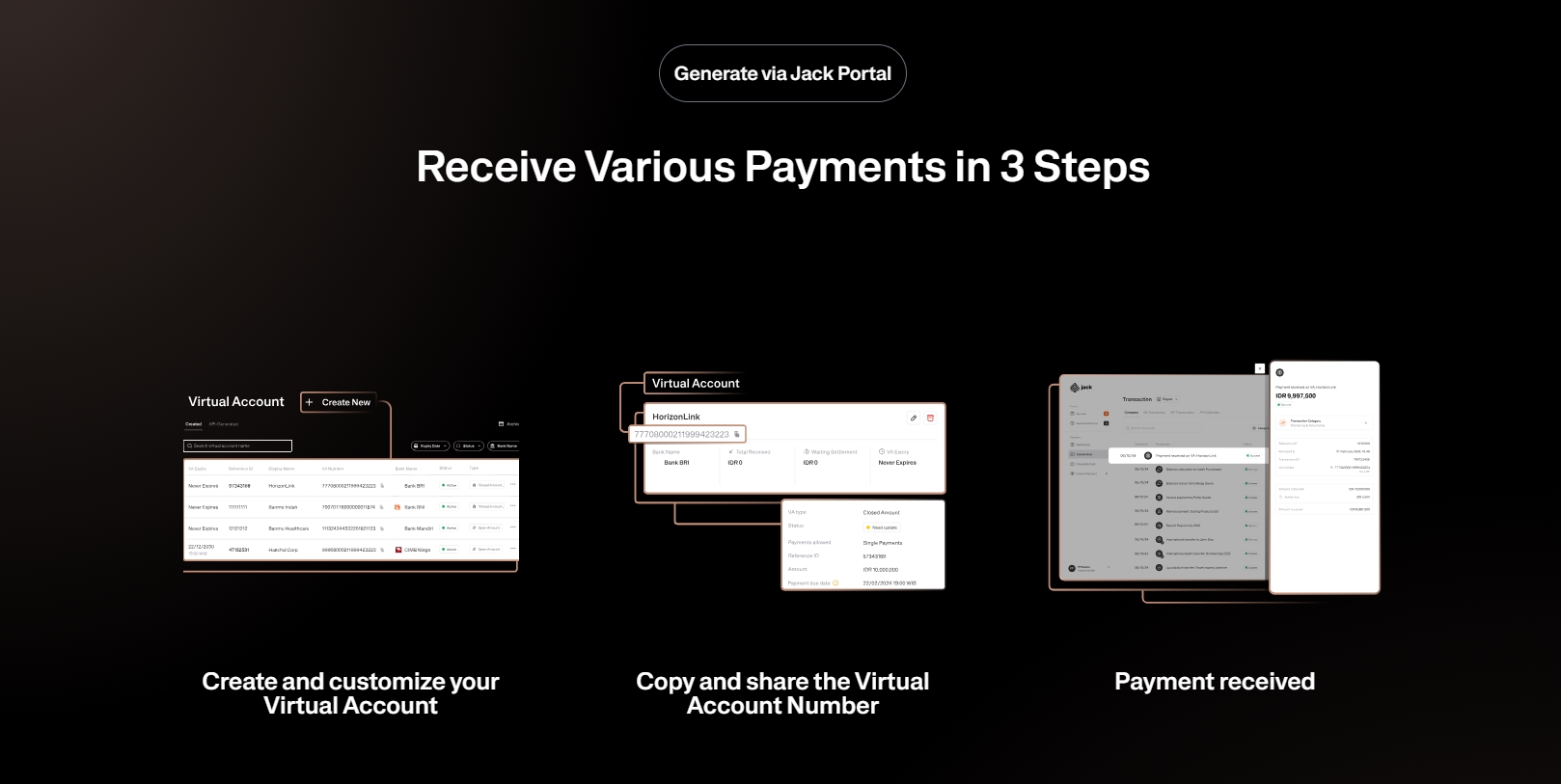Investing is one of the most effective ways to grow wealth and achieve financial goals. One popular type of investment is short-term investment. In this article, we will comprehensively discuss how to choose the right short-term investment to achieve quick returns.
Understanding the Goals and Risks of Short-Term Investment
Before starting to invest, it is crucial to understand your goals. Are you looking to earn additional money in a short period, or are you seeking a place to store emergency funds with high liquidity? Short-term investments also come with their own risks.
Although the goal is to gain profits quickly, the risk of losing capital is higher compared to long-term investments. Therefore, it is important to carefully consider the level of risk you can tolerate.
By understanding your investment goals and risks and choosing the type of investment that matches your risk profile and financial objectives, you can achieve quick returns in a smart and measured way. By applying the right strategy and following the practical tips mentioned above, you can optimize your potential returns while minimizing your investment risks.
Types of Short-Term Investments Available and Their Characteristics

1. Time Deposits
Time deposits are one of the most common and safe types of short-term investments. You deposit a sum of money in a bank for a specific period with a predetermined interest rate. Its main characteristics include:
– Time deposits are usually insured by the government, so the risk is low.
– The interest rate is set at the beginning of the investment and remains fixed for a certain period.
2. Government Bonds
Investing in government bonds is another way to allocate funds in the short term. Government bonds are debt securities issued by the government to finance their activities. Some characteristics include:
– Government bonds tend to be stable and have relatively low risk.
– The interest and principal payments of bonds are guaranteed by the government.
3. Money Market Mutual Funds
Money market mutual funds allocate funds to money market instruments such as deposits, short-term bonds, and other short-term securities. Some of their characteristics include:
– You can quickly withdraw your funds as these investments tend to be very liquid.
– Money market mutual funds typically include various financial instruments, spreading the risk.
4. Investing in Securities
Securities such as preferred stocks and corporate bonds can also be an option for investment. Although their risk is slightly higher than deposits or government bonds, their potential returns are also greater. Their characteristics include:
– These securities tend to offer higher returns compared to safer investments.
– They can have higher risks associated with market fluctuations.
Strategies for Choosing the Right Short-Term Investment

1. Determine Financial Goals
The first step in choosing an investment is to set your financial goals. Do you want to save funds for an emergency, make a down payment on a house, or plan a vacation? Knowing your goals will help you determine the investment period and the level of risk you can accept.
2. Evaluate Risk Profile
Every investor has a different risk tolerance. Before deciding on the right type of investment, consider how comfortable you are with the fluctuations in your investment value.
If you are uncomfortable with risk, more stable investments like time deposits or government bonds may be a better choice. However, if you are willing to face risks for higher potential returns, you might consider investing in stocks or money market mutual funds.
3. Study Various Types of Short-Term Investments
There are various types of investments available, each with different characteristics and risks. Some examples include time deposits, government bonds, money market mutual funds, and securities investments. Study each type of investment carefully and consider how they fit with your goals and risk profile.
4. Conduct Research and Analysis
Before making an investment decision, conduct thorough research and analysis on each investment option you are considering. Review their historical performance, associated costs, and future profit prospects. Make sure you fully understand how the investment works and the potential risks involved.
5. Diversify Your Portfolio
Diversification is key to reducing investment risk. Try to diversify your portfolio by allocating your funds to several types of investments. This way, if one investment suffers a loss, the others may offset it.
Practical Tips to Minimize Risks in Short-Term Investments
1. Set Clear Investment Goals
Before starting a short-term investment, clearly define your goals. Do you want to earn extra money quickly, save funds for urgent needs, or prepare for long-term investments? Knowing your investment goals will help you choose the right type of investment.
See the API Document from Jack Finance here
2. Know Your Risk Profile
Each investor has a different risk tolerance level. Before deciding on the right type of investment, understand your risk profile well. Consider how comfortable you are with the fluctuations in your investment value and how prepared you are to face risks. With a clear understanding of your risk profile, you can choose the appropriate type of investment.
3. Choose Investments That Match Your Time and Goals
Short-term investments typically have a period of less than one year. Choose the type of investment that suits your time and goals.
Use Jack for your business needs
Essentially, if you choose short-term investments, pay attention to their liquidity. Liquidity refers to how quickly you can convert your investment into cash without significant losses. Choose investments that are easy to trade or withdraw so that you can quickly access your funds if needed.










